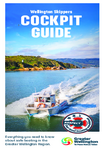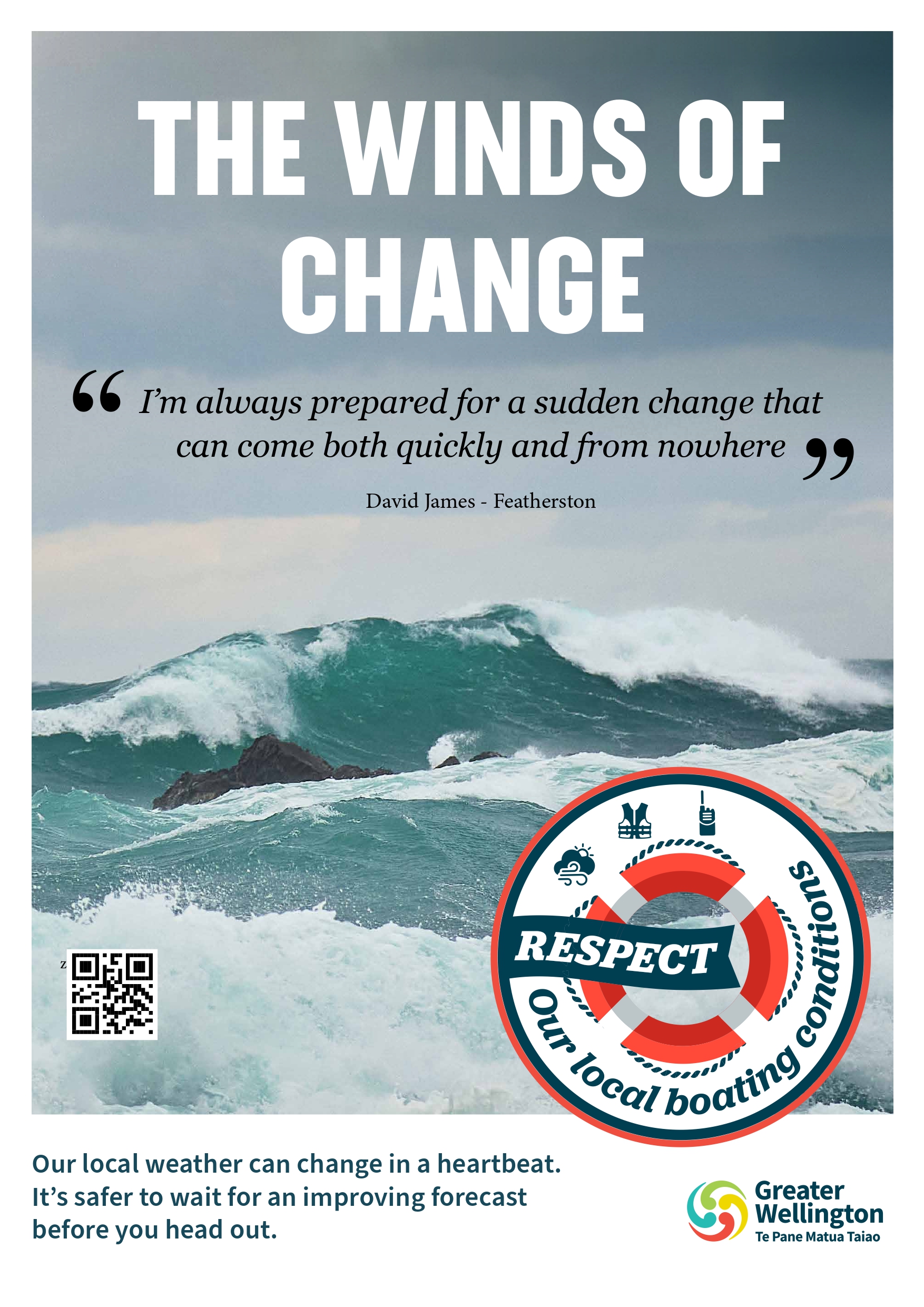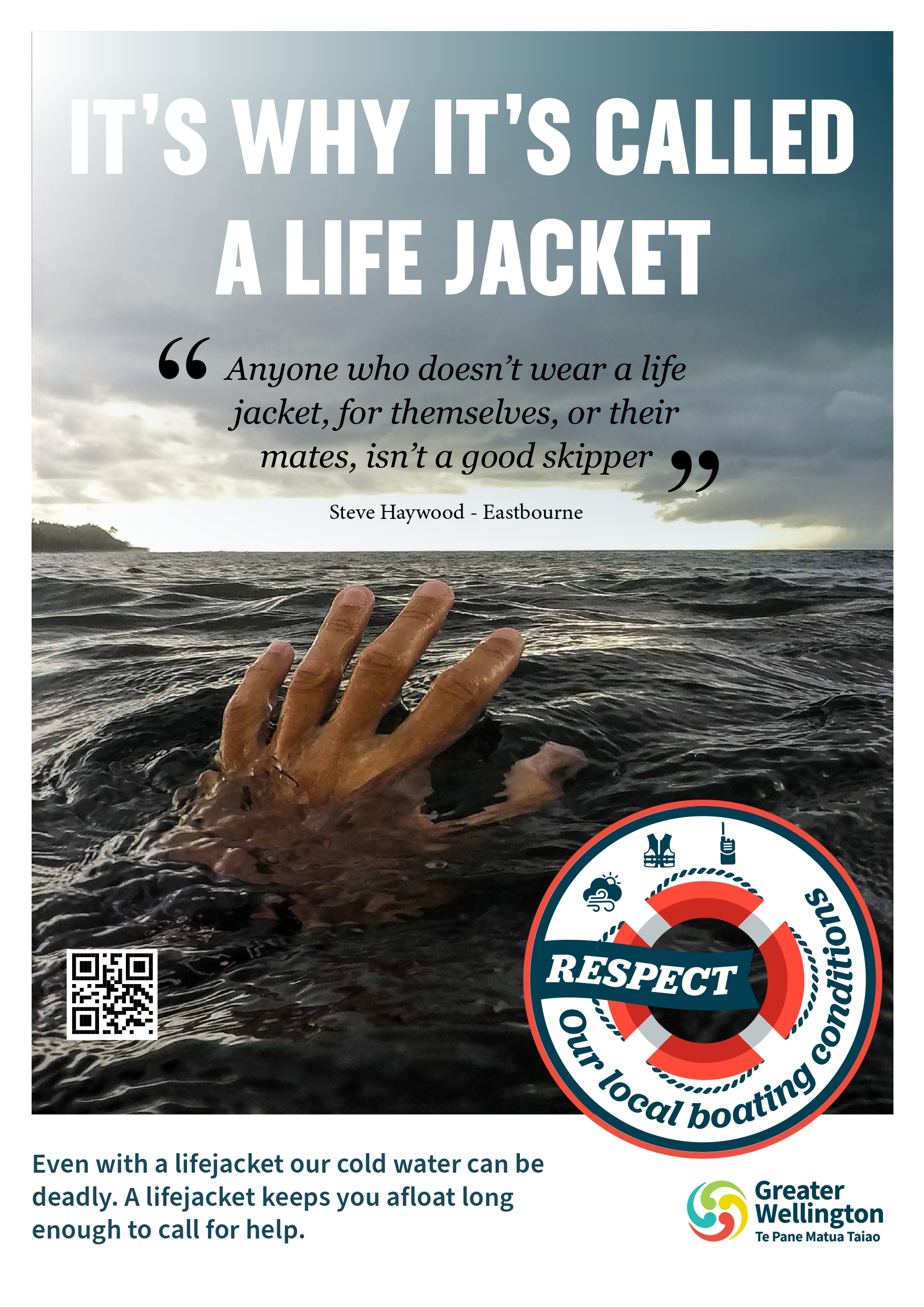Respecting our local boating conditions
You’ll find lots of great local information on this page about boating, paddling and ocean swimming.
Local legends tell us some of their best tips and tricks for staying safe in the waters around this region. We’ve included some of the local bylaw information and a handy downloadable Cockpit Guide, to try and get everyone that goes out on the water, home to their whānau.
Take care out there and don’t ever underestimate the ocean. In the video below, Fred and Sid remind us why we should never do that. Please take the time to hear what happened to them so you can avoid ever being in the same position.
Fred and Sid talk about being rescued from the ocean
Know before you go
Know the safety basics before heading out on the water in any vessel - whether it's a powerboat, jetski, windsurfer, kayak or yacht.
- Wear a lifejacket that fits - Take enough jackets and make sure they're worn.
- Know the weather and tides - Check the latest marine forecasts and the tides before you go out.
- Make sure you can stay in touch - Have at least two communication devices that will work when wet eg. a cell phone in a bag, VHR radio, distress flares or an EPIRB.
On the water
You need to comply with the regional boating rules when you are out on the water, including:
- Keep a lookout - avoid collisions - Watch for other vessels and swimmers in the water.
- Be seen after dark - Have the correct navigation lights showing and listen to VHF Ch 14. This will keep you informed of what large commercial vessels are moving around the Wellington harbour and should help you to keep clear of them.
- Travel at a safe speed - Keep below 5 knots if you are within 200 metres of shore or 50 metres of a person in the water or another vessel.
- Avoid alcohol while on board - Know the guidelines and understand the risks of alcohol on board.
- Might is right - small gives way! - Any vessels under 500 Gross Tonnes must keep clear of vessel over 500 Gross Tonnes. A 50 metre commercial fishing boat, and most powerboats will be under 500 gross tonnes.
- It takes three to ski - If you are towing a water skier, wake boarder or inflatable tow toy or similar you must have a person who is over 10 years old as a lookout. Their job is to that watching the person being towed, and letting the driver concentrate on driving the boat.
Everything you need to know about safe boating in the Greater Wellington Region. The Harbourmaster’s team has created this booklet to help local Skippers’ navigate safety in the Wellington region. We’ve…
Read more here
date_range
Published 01 Oct 2023
Wellington Skippers Cockpit Guide


See anything or anyone being unsafe on the water?
We all need to look out for each other on the water. Call us on (04) 388 1911 or (04) 473 4547.
Local legends tell us their best tips for respecting our local boating conditions
Find out more about safety on the water on the Maritime NZ website.
When the jacket doesn’t inflate
- Pull the Velcro or zip apart to get to the inflator tube
- Unwrap the inflator tube from within the air bladder of the jacket
- Get the cap off the tube
- Blow air into the bladder until inflated. You might need to pull more of the cover apart to do this.
It’s not always easy, so make sure you get your inflatable life jackets serviced regularly. It’s a good idea to practise manually blowing one up before you need to, so you know what to do in an emergency!
Top tip: Hanging your life jackets up can help avoid physical damage!
Read a summary of the navigation safety bylaws or download the full document
Get in touch
- Phone:
- 048304160
- Email:
- harbours@gw.govt.nz



